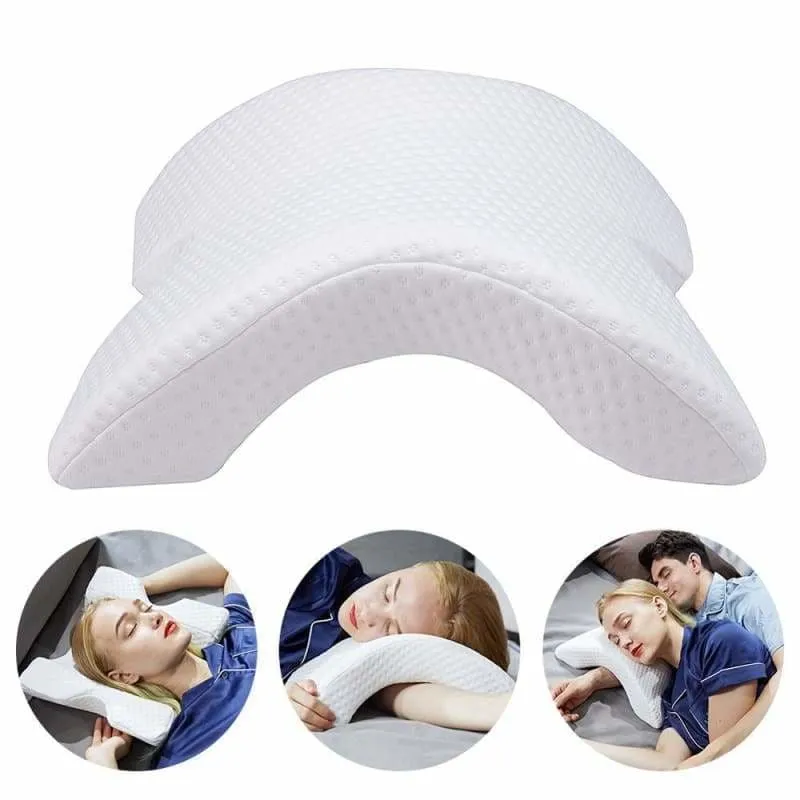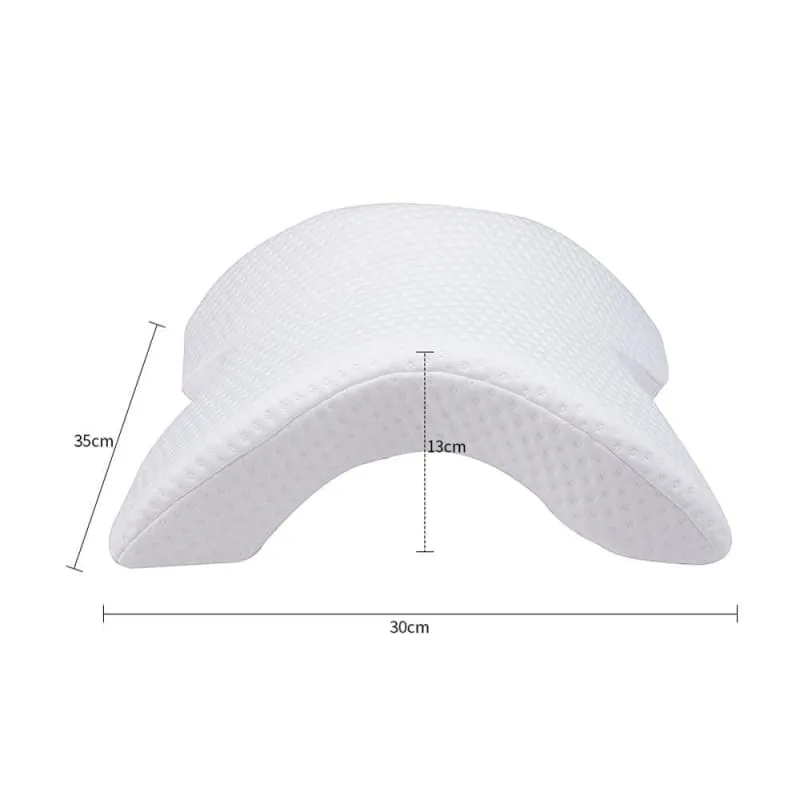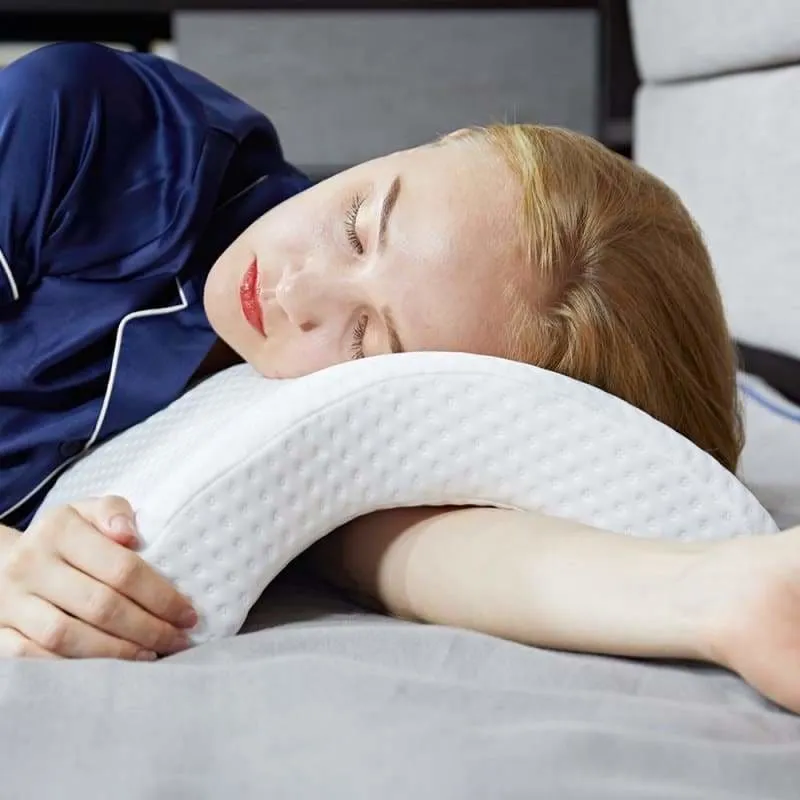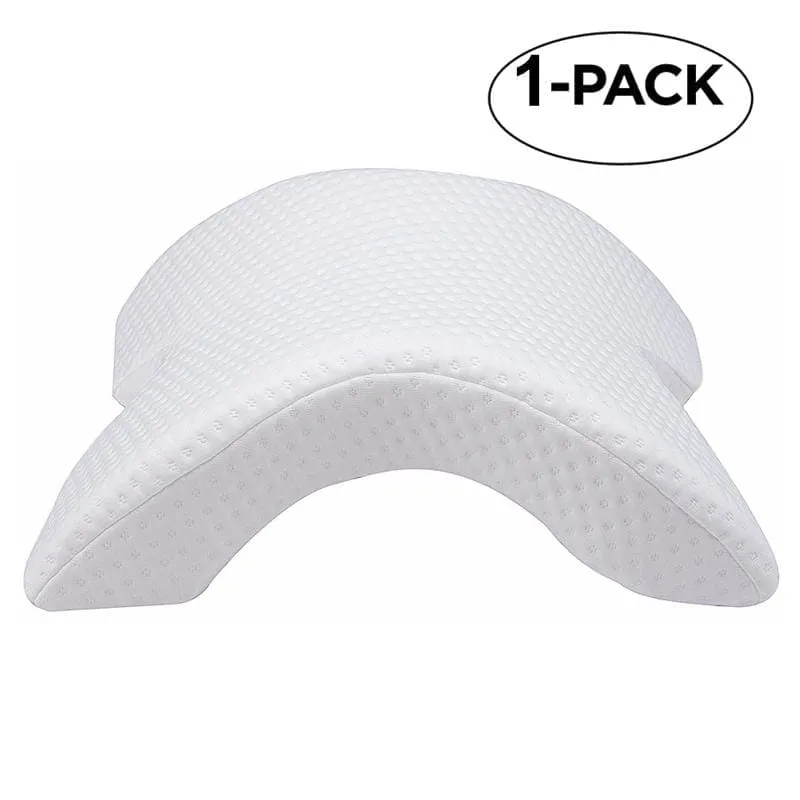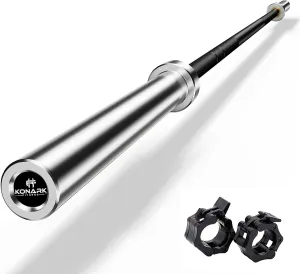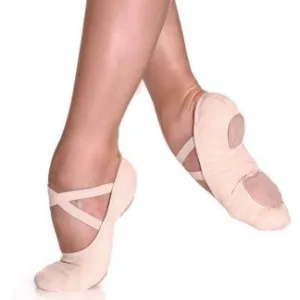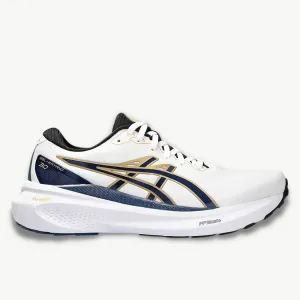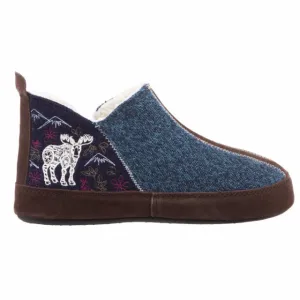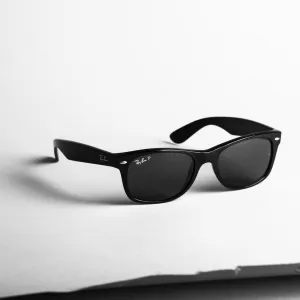🔥🔥 93% OF CUSTOMERS BUY 3 OR MORE 🔥🔥
Cervical Neck Pillow For Pain !!!
The Slow Rebound Pressure Pillow features super soft memory foam that springs right back to its original shape when not in use and the pillow's soft fabric cover is removable and easy to wash. Offering you the ultimate in relaxation, this comfortable and durable pillow cushions your head, neck and shoulder to relieve painful pressure points and provide you with a deep, satisfying sleep!
So cuddle up, close to your loved one, and never worry again about waking with an aching, numb arm! This incredible pillow is perfect for napping at your desk while you're on your lunch break at work or school. You can even use it while on vacation and enjoy a peaceful night's sleep, even when you're not in your own bed!
OUR GUARANTEE
At Best Buy Deal , we strive to offer top and high-quality products in the world.
If you have any questions about your order, please contact us by emailing us at [email protected]
Just click the "Add To Cart" Button Below! There's very limited stock, and they will go soon!
Note: Due to High Demand Promotional Items May Take Up To 2-4 weeks for delivery.
WE SUPPORT AN AMAZING CAUSE
We're thrilled to support Nanhi Pari Foundation is a Girl Child Right Organization which works for Education, Health & Nutrition for Girl Child.
Best Buy Deal'S 7-POINT HAPPINESS CHECKLIST
1. FREE Shipping Worldwide on special offers.
2. Fast, Sure & Safe delivery.
3. Safe Payment.
4. 30 Day Money Back Guarantee.
5. Real humans on our support help-desk!
6.Tracking number for every order.
7. We use encrypted SSL certificates for 100% security.
Neck Pain Facts
Nothing lasts forever, especially the human body. Decades of bending, lifting, turning, and twisting can really take their toll on your neck. Considering all that repetitive stress, it's no surprise that about two-thirds of people will experience neck pain at some point in their lives.
Cervical disc disease goes beyond just a pain in the neck, though. A degenerative process can cause radiating pain, as well as numbness and weakness in your shoulders, arm, and hand. That discomfort and loss of mobility can have a major impact on your career, family, and quality of life.
Cervical Discs: Your Natural Shock Absorbers
The cervical spine in your neck is made up of seven bones called vertebrae, which are separated by discs filled with a cushioning gel-like substance. Your cervical discs both stabilize your neck and allow it to turn smoothly from side to side and bend forward to back. "Without discs, the spine would be very stiff," explains Kee Kim, MD, associate professor of Neurological Surgery and chief of Spinal Neurosurgery at the University of California at Davis. "Discs allow our body to move in the way that we want. They also provide cushion for the body, acting as a shock absorber."
Over time, these natural shock absorbers become worn and can start to degenerate. The space between the vertebrae narrows and nerve roots become pinched. This process is known as cervical degenerative disc disease. Research finds that about 25% of people without symptoms under age 40, and 60% over age 40 have some degree of degenerative disc disease. As degenerative disc disease progresses, the neck becomes less flexible, and you may feel neck pain and stiffness, especially towards the end of the day.
When the disc breaks open or bulges out, putting pressure on the spinal cord or nerve roots, it is known as a herniated disc or "slipped disc." Although cervical disc disease is generally a slow process, a herniated disc sometimes can occur quickly after an injury or trauma to the neck.
The most common and obvious symptoms of cervical degenerative disc disease are neck pain and a stiff neck. When one of these conditions presses on one or more of the many nerves running through the spinal cord, you also can develop pain, numbness, or weakness radiating down your shoulder, arm, and hand.
Diagnosing Your Cervical Disc Disease
To diagnose your cervical disc disease, your doctor will first take a medical history to find out when your symptoms started, how severe they are, and what causes them to improve or worsen. You'll likely have a neurological exam to test your strength, reflexes, and the sensation in your arm and hand, if they are affected.
Imaging tests such as X-rays, magnetic resonance imaging (MRI), and computed tomography (CT) scans can help your doctor visualize your spinal cord to pinpoint the source of your neck pain.
What to Do About Cervical Disc Disease
Even if you have degenerative disc disease or a slipped disc, chances are good that you'll be able to treat it without surgery. The first line in treatment for cervical disc disease is over-the-counter pain medications, including acetaminophen (Tylenol), and nonsteroidal anti-inflammatory medications such as ibuprofen (Motrin, Advil) and naproxen (Aleve). These medications can help reduce pain and inflammation. Your doctor might prescribe steroids or narcotic painkillers if over-the-counter medications aren't working.
Physical therapy is another treatment option for cervical disc disease. The therapist can use cervical traction, or gently manipulate your muscles and joints to reduce your pain and stiffness. The physical therapist can also help you increase your range of motion and show you exercises and correct postures to help improve your neck pain.
Your neck pain should improve with these conservative treatments. If you also have significant numbness or weakness, contact your doctor right away. You and your doctor will need to consider the next step in your treatment. Surgery is a treatment option, and deciding whether you need it is often a subjective process.
"Some people can tolerate more pain and numbness than others," says K. Daniel Riew, MD, Mildred B. Simon Professor of Orthopaedic Surgery, professor of neurologic surgery, and director of the Orthopaedic Spine Institute at the Washington University School of Medicine in St. Louis. "I try to make patients who just have pain wait at least six weeks [before having surgery], because in six weeks the vast majority of patients get better."
The main surgery for degenerative disc disease is called a discectomy. During this procedure, the surgeon removes the deteriorating disc. Discectomy is often followed up by artificial disc replacement, in which a metal disc is inserted in place of the disc that was removed. Discectomy may also be followed by cervical fusion, in which a small piece of bone is implanted in the space between the vertebrae. As the bone heals, it fuses with the vertebrae above and below it.
After You Heal: Keeping Your Neck Healthy
It can take anywhere from a few weeks for your neck pain to improve on its own, to three months to a year for the bone to heal after surgery. Once your neck pain has eased, it's up to you to keep your spine in good shape so you can avoid discomfort in the future. "Whenever we see anyone with a spine problem, we think about spine health in the long run," says Anthony Delitto, PhD, PT, FAPTA, professor and chairman of the Department of Physical Therapy at the University of Pittsburgh. "Once symptoms improve, we want to help the person prevent the next occurrence."
Even though degenerative disc disease is most often due to age, it can also be influenced by lifestyle factors. To make sure you keep your spine as healthy as possible, eat a balanced diet and exercise regularly. Don't smoke, because, aside from its other affects on your health, smoking is a risk factor for cervical disc disease. Also watch your posture, always keeping your neck straight and your back well supported.
Although neck pain from cervical disc disease can return, you'll lower the chances if you take good care of your neck and the rest of your body. "Most people don't have constant neck problems throughout their lives. Usually it comes and goes," says Riew. "If you have a problem with your neck now, the odds are it won't last forever."

 Cart(
Cart(